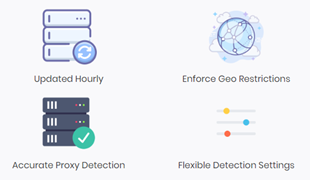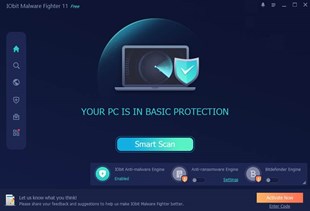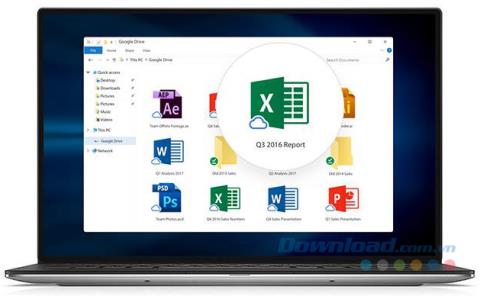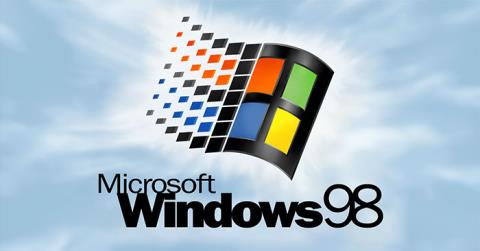Are you looking for a way to disable fast startup? Well, don’t worry in this guide we will discuss everything related to fast startup. In this busy and fast going world, people want each task they perform to take as less time as possible. Similar, they want with computers. When they shut down their computers it takes some time to completely shut down and to completely power off. They cannot keep their laptops away or switch off their computers until it does not completely shut down as it can cause system failure i.e. putting down flap of the laptop without being its completely power off. Similarly, when you start your computers or laptops it might take some time to get started. To make these task fast, Windows 10 comes up with a feature called Fast Startup. This feature is not new and it was first implemented in Windows 8 and now carried forward in Windows 10.
Contents
What is Fast Startup and how it works?
Fast Startup is a feature that provides faster boot time when you start your PC or when you shut down your PC. It is a handy feature and works for those who want their PCs to work fast. In fresh new PCs, this feature is enabled by default but you can disable it anytime you want.
How Fast Startup works?
Before, you know how fast startup works, you should know about two things. These are cold shutdown and hibernate feature.
Cold shutdown or Full shutdown: When your laptop is completely shut down or open up without hindrance of any other feature like a fast startup as computers normally did before the arrival of Windows 10 is called cold shutdown or full shutdown.
Hibernate Feature: When you tell your PCs to hibernate, it saves the current state of your PC i.e. all the open documents, files, folders, programs to the hard disk and then turn off the PC. So, when you again start your PC all your previous work is ready to use. This does not take any power like sleep mode.
The fast startup combines features of both Cold or full shutdown and Hibernates. When you shut down your PC with fast startup feature enabled, it closes all the programmes and applications running on your PC and also logged out all the users. It acts as a freshly booted Windows. But Windows kernel is loaded and system session is running which alerts device drivers to prepare for hibernation i.e. saves all current applications and programmes running on your PC before closing them.
When you restart your PC, it does not need to reload Kernel, drivers and more. Instead, it just refreshes the RAM and reloads all the data from the hibernate file. This saves a considerable amount of time and makes the Window’s startup faster.
As you have seen above, the Fast Startup feature has many advantages. But, on the other side, it has disadvantages too. These are:
- When Fast Startup is enabled, Windows does not completely shut down. Some updates require to shutdown window completely. So when Fast startup is enabled it does not allow to apply such updates.
- The PCs which do not support Hibernation, also do not support Fast Startup as well. So if such devices have Fast startup enabled it leads to PC not respond properly.
- A fast startup can interfere with encrypted disk images. Users which have mounted their encrypted devices before shutting down your PC, remounted again when the PC starts back again.
- You should not enable Fast startup if you are using your PC with dual boot i.e. using two operating systems because when you will shut down your PC with fast startup enabled, Windows will lock down the hard disk and you will not be able to access it from other operating systems.
- Depending on your system, when fast startup is enabled you may not be able to access BIOS/UEFI settings.
Due to these advantages, most of the users prefer not to enable Fast startup and they disabled it as soon as they start using the PC.
How to Disable Fast startup in Windows 10?
Make sure to create a restore point just in case something goes wrong.
As, enabling Fast startup may cause some applications, settings, drive not work well so you need to disable it. Below are some methods to disable fast startup:
Method 1: Disable Fast Startup through Control Panel Power Options
To disable Fast startup using Control Panel power options follow the below steps:
1.Press Windows Key + S then type control then click on “Control Panel” shortcut from the search result.
2.Now make sure “View by” is set to Category then click on System and Security.
3.Click on Power Options.
4.Under power options, click on “Choose what the power button does”.
5.Click on “Change settings that are currently available”.
6.Under shutdown settings, uncheck box showing “Turn on fast startup”.
7.Click on save changes.
After completing the above steps, the fast startup will be disabled which was previously enabled.
If you want to enable fast startup again, check “Turn on fast startup” and click the save changes.
Method 2: Disable Fast Startup using Registry Editor
To disable Fast startup using Registry Editor follow below steps:
1.Press Windows Key + R then type “regedit” in the run dialog box and hit Enter to open Windows 10 Registry Editor.
2.Navigate to: HKEY_LOCAL_MACHINE\SYSTEM\CurrentControlSet\Control\SessionManager\Power
3.Make sure to select Power than in the right window pane double-click on “HiberbootEnabled”.
4.In the pop-up Edit DWORD window, change the value of the Value data field to 0, to turn off Fast startup.
5.Click OK to save changes and close Registry Editor.
After completing the above process, the Fast startup will be disabled in Windows 10. If you again want to enable fast startup, change Value data value to 1 and click OK. So, by following any of the above methods you can easily enable or disable Fast startup in Windows 10.
Recommended:
I hope this article was helpful and should have answered this question: Why You Need To Disable Fast Startup In Windows 10? but if you still have any questions regarding this guide then feel free to ask them in the comment’s section.




















